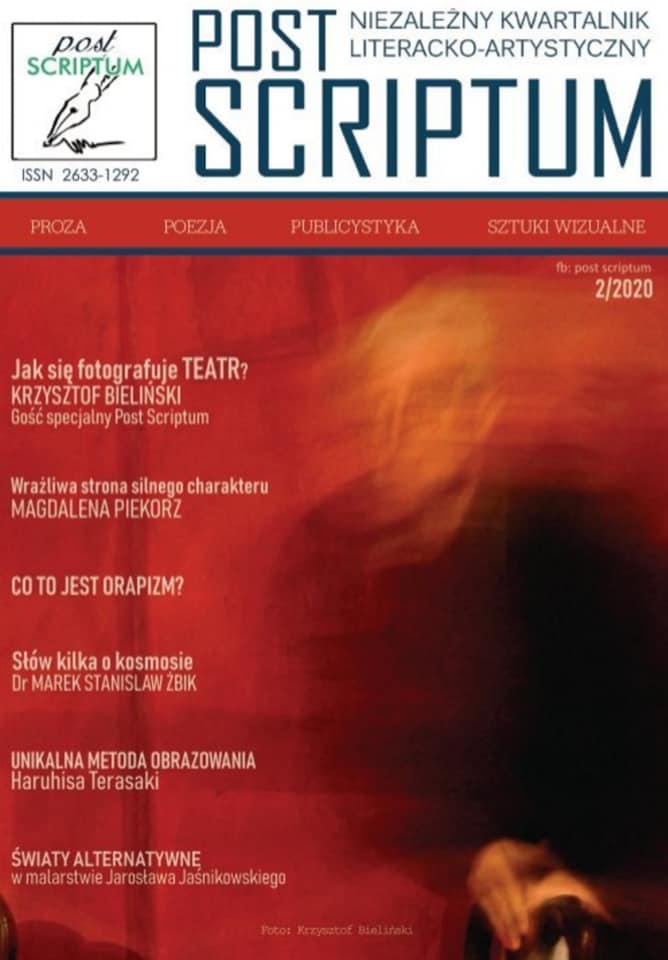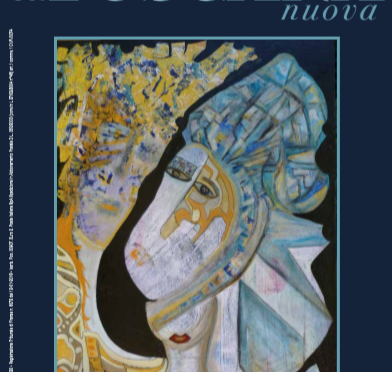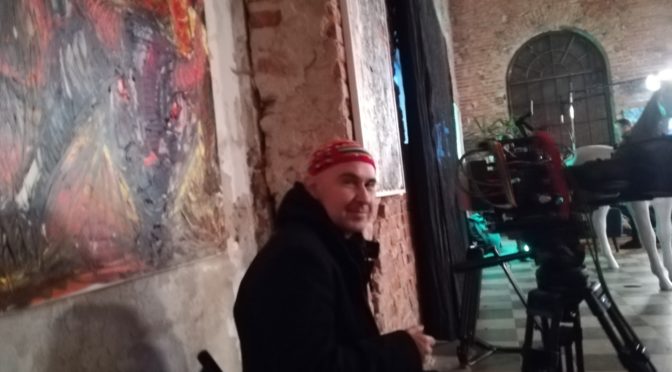5-14 SEPTEMBER 2020
POST SCRIPTUM
WYWIAD KATARZYNY BRUS-SAWCZUK Z ORAPISTĄ KRZYSZTOFEM KONOPKĄ
ORAPIZM IN LA TOSCANA
Biennale in Skopje 2020
Il fondatore dell’Orapizmo a Montecatini Terme per un’asta internazionale


KRZYSZTOF KONOPKA
Twórca Orapizmu w Montecatini-Terme na aukcji międzynarodowej
di Margherita Blonska Ciardi
Podczas ostatniej edycji Biennale we Florencji polski artysta Krzysztof Konopka został oficjalnie uznany za inicjatora Orapizmu, nowego nurtu w malarstwie (z portugalskiego „teraz śledzę”), który opracowując i rozwijając szkołę abstrakcyjnego ekspresjonizmu, fowizmu i informelu wprowadza nowy rodzaj plastycznej reprezentacji.
Malarstwo Konopki wykorzystuje awangardę XX wieku, przekształcając ją w osobisty styl, który artysta zdefiniował właśnie „Orapizmem”.
Spontanicznymi pociągnięciami szpachli, pędzla, które falują i drapią powierzchnię płótna, Konopka nakłada emocjonalny chaos na reprezentowane obrazy, przekazując całą świeżość i naturalność jego gestu.
W ten sposób artysta staje się katalizatorem emocji ukrytych w nieświadomości. Konopka pozwala na wyzwolenie jego i naszych pierwotnych uczuć, ujmując je w plątanine kolorów i tekstur chromatycznych.
Świat rzeczywisty jest zawsze punktem wyjścia jego prac, nawet jeśli obiektywne wrażenie wizji jest zmieniane przez nakładane pigmenty.
Prace polskiego artysty zaprezentowano niedawno w odcinku telewizyjnym ,,Spotkania ze sztuką” w zabytkowej florenckiej restauracji La Loggia na Piazzale Michelangelo we Florencji. Jedno z jego dzieł zostało wybrane na kolejną międzynarodową aukcję Fabiani Arte w Montecatini-Terme.
”ART NOW” – PALERMO 2020

ORAPIZM Krzysztofa Konopki w czasopiśmie ,,ART NOW”
ORAPISM by Krzysztofa Konopka in the magazine ,,ART NOW”
Spoleto Arte – Tłum VIP-ów z okazji „Dario Fo i sztuki współczesnej”
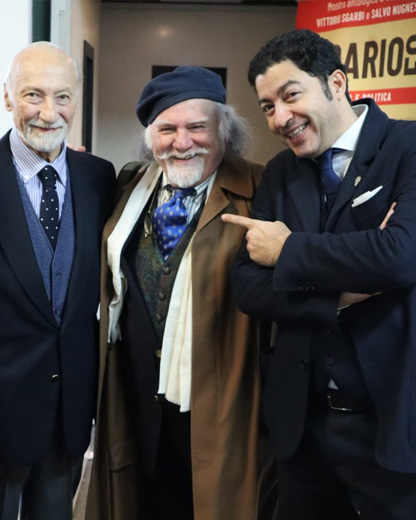
Dino Zoff, Pippo Franco, Carmen di Pietro i wielu innych na wystawę organizowaną przez Nugnesa i Sgarbiego
Zainaugurowana wczoraj wieczorem, w czwartek 6 lutego w Micro w Rzymie , wystawa Dario Fo i sztuka współczesna otworzyła się z zdecydowanie ważną frekwencją. Prezentując wydarzenie mające na celu zapamiętanie Nagrody Nobla i wysunięcie na pierwszy plan sztuki współczesnej, kustosz wystaw i ważnych wydarzeń Salvo Nugnes wraz z dużą liczbą gości.
Od wielkiego Pippo Franco przez Carmen Di Pietro , od dziennikarzy RAI Antonietty Di Vizii po artystę José Dalì , syna Salvadora Dalì, aż po fotografa Roberto Villa , przyjaciela Pier Paolo Pasoliniego i Dario Fo. Jego zdjęcia repertuarowe są prezentowane na viale Giuseppe Mazzini 1, rzut kamieniem od siedziby włoskiego radia i telewizji. Dwie inne kobiety, które przyczyniły się do wernisażu: Caterina Grifoni , prezes FIDAPA (sekcja Spoleto) i Flavia Sagnelli , prezes Ass. Upodmiotowienie kobiet. Wśród publiczności także psycholog i psychoterapeuta Maria Rita Parsi i Dino Zoff , legenda włoskiego futbolu. Niejednorodna całość, która przyniosła eksplozję energii i radości w programie.
Spotkanie, w imię pamięci, sztuki i lekkości, oferuje wizytę, podróż przez życie osobiste i artystyczne Dario Fo. Wiele postaci zostało wydanych na postać i pragnienie, aby jego pamięć pozostała rozświetlona w ludzkich sercach. Chęć sprowadzenia na wystawę autentycznie utalentowanych autorów można znaleźć w myśli samego Błazna. Zwłaszcza gdy wyjaśnił lata temu tylko we Włoszech jest około 70% dziedzictwa kulturowego światowego teatru i, niestety, ponad połowa Włochów nie jest nawet informowana o tym, co posiada, pod względem miejsc i dzieł o dużej wartości. «Musimy przede wszystkim uczyć młodych ludzi, że dziedzictwo kulturowe nie jest niepotrzebnym obciążeniem, ale jest decydującym narzędziem kształtowania sumienia i wiedzy naszych rodaków. Z drugiej strony, kraj bez kultury może tylko zmarnować tępych i przyszłych mieszkańców ». Dlatego z Dario Fo i sztuką współczesną chcemy wstrząsnąć w tym kierunku.
Prace: Patrizia Almonti, Simoné, Gastone Bai, Eleonora Bottecchia, Nathaly Caldonazzo, Antonello Capozzi, Franco Carletti, Carlito T, Maria Beatrice Coppi, Paola D’Antuono, Virginia Farneti, Monica Ferrari, Nevèl będą dostępne do 23 lutego Francesca Fiore, Elisa Fossati, Dale, Roberto Giacco, Jorge Goncalves Romero, Alessandra Greco, Santiago Harizaj, Stephanie Holznecht, Krzysztof Konopka, Pietro Lembo, Anna Maria Maciechowska, Enrica Mancini, Massimo Mariano, Francesco Minopoli, Mattia Montone, Guido Nardo Niemeläinen, Mary Nunziata, Lucio Oliveri, Giovanna Orilia, Giuseppe Pasqualetto, Mauro Pavan, Amelia Perrone, Laura Piacentini, Daniela Poduti Riganelli, Silvia Polizzi, Maria Milena Rocchetto, Antonella Rollo, Laura Ruggiero, Paola Ruggiero, Angelo Scuderi. Maria Pia Severi, Paolo Uttieri, Maria Ventura, Innocenzo Vigoroso, Domenico Villano, Toni Zarpellon i Aldo Zotich .











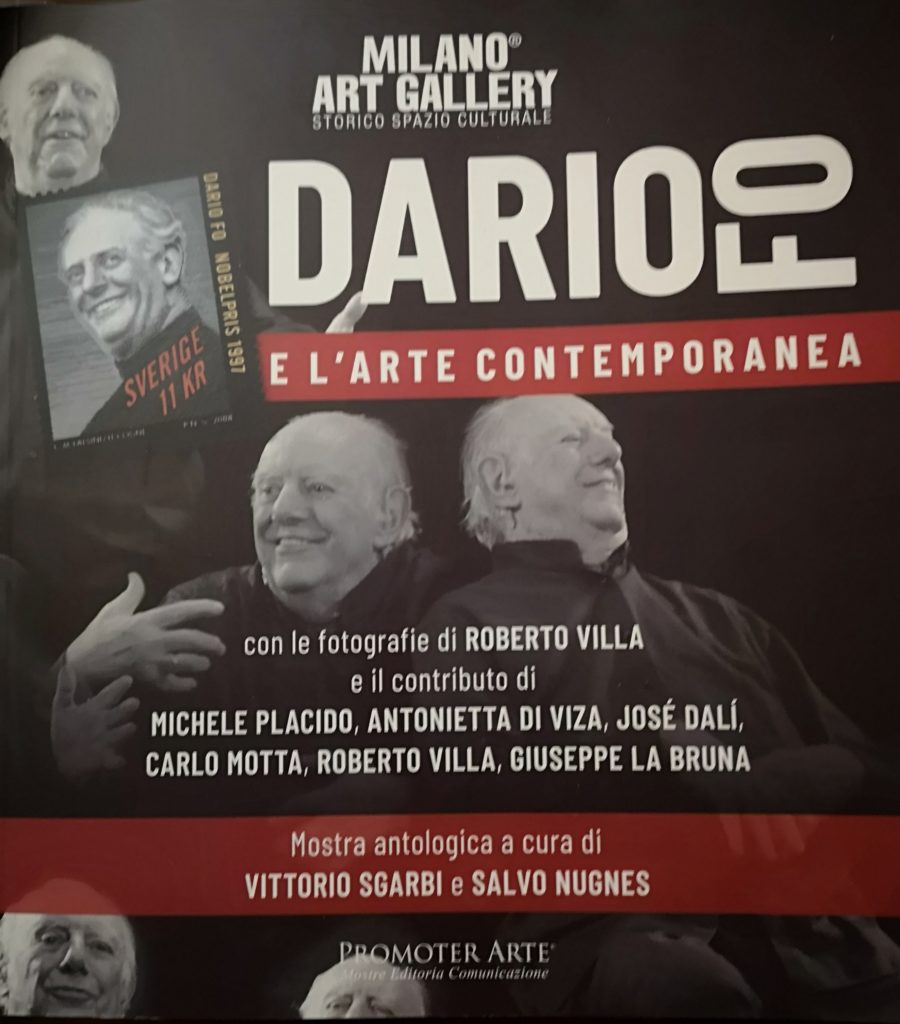
EVENT CATALOG
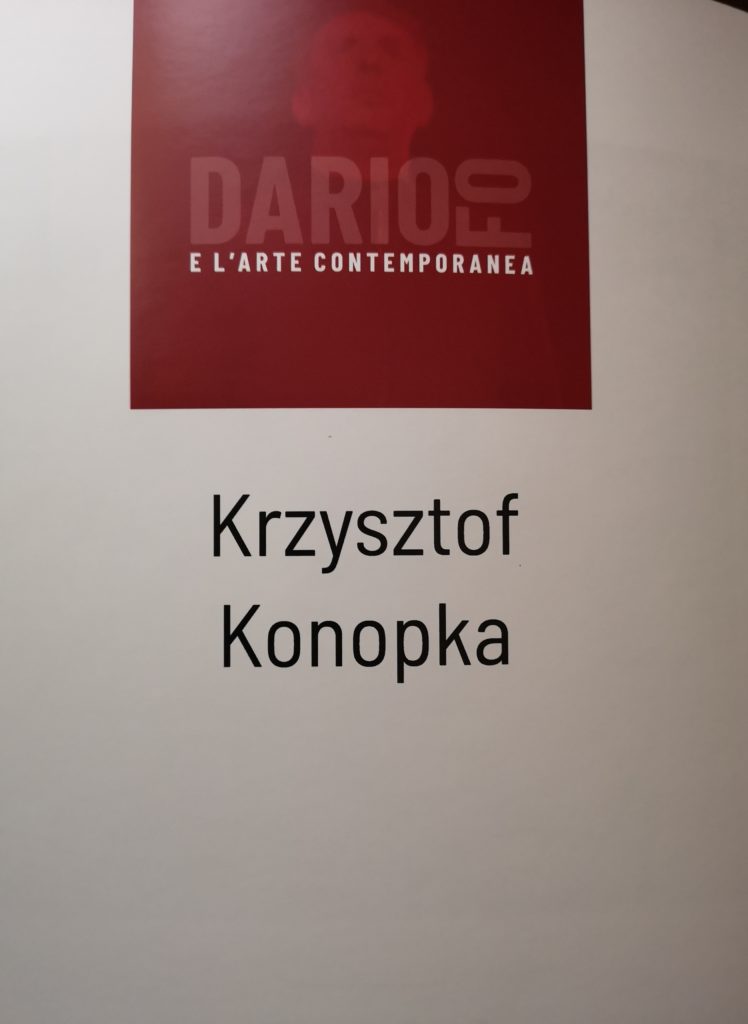
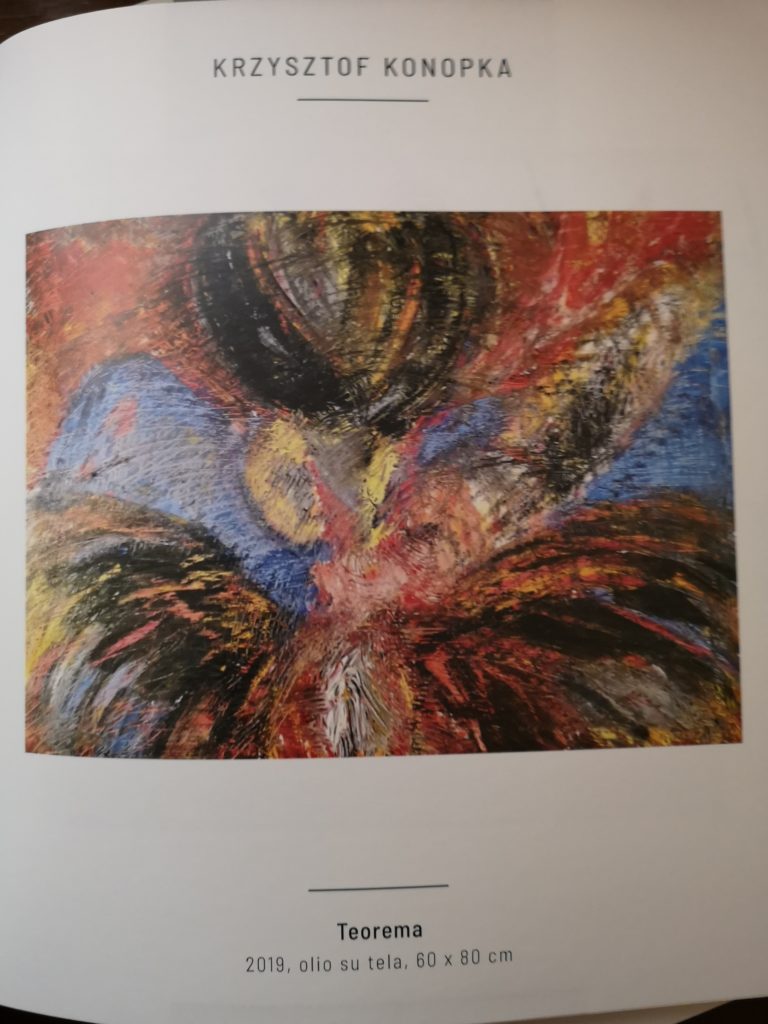
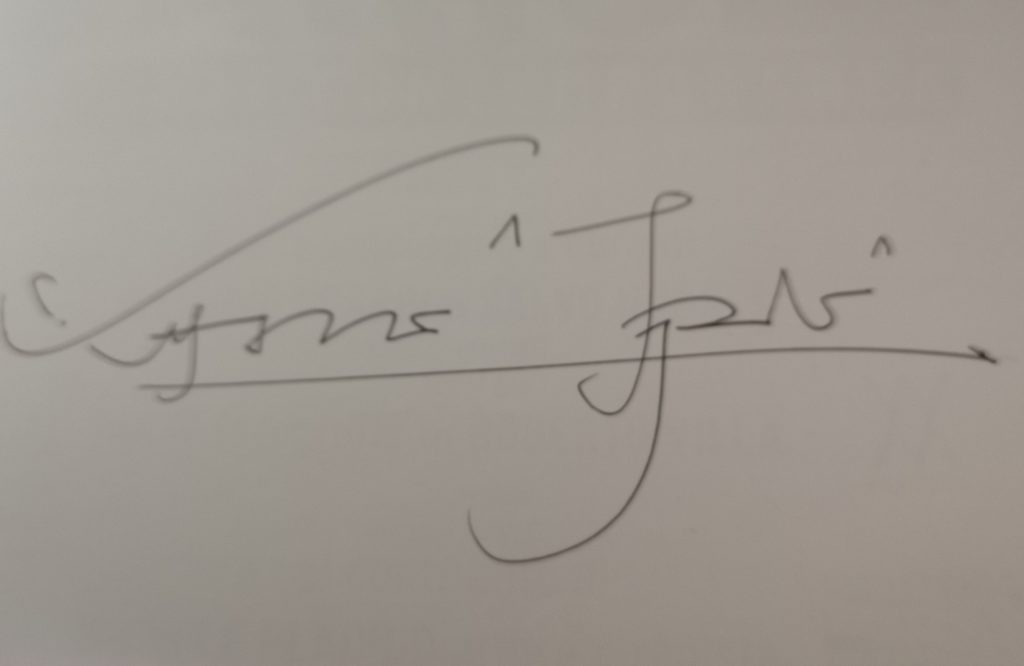
ORAPIZM in TOSCANA TV
Slow Art
ORAPIZM in STALOWNIA WARSOW
https://drive.google.com/file/d/1KG1FSwQfdtudlD09IBMlk8kjeVM371wC/view?usp=sharing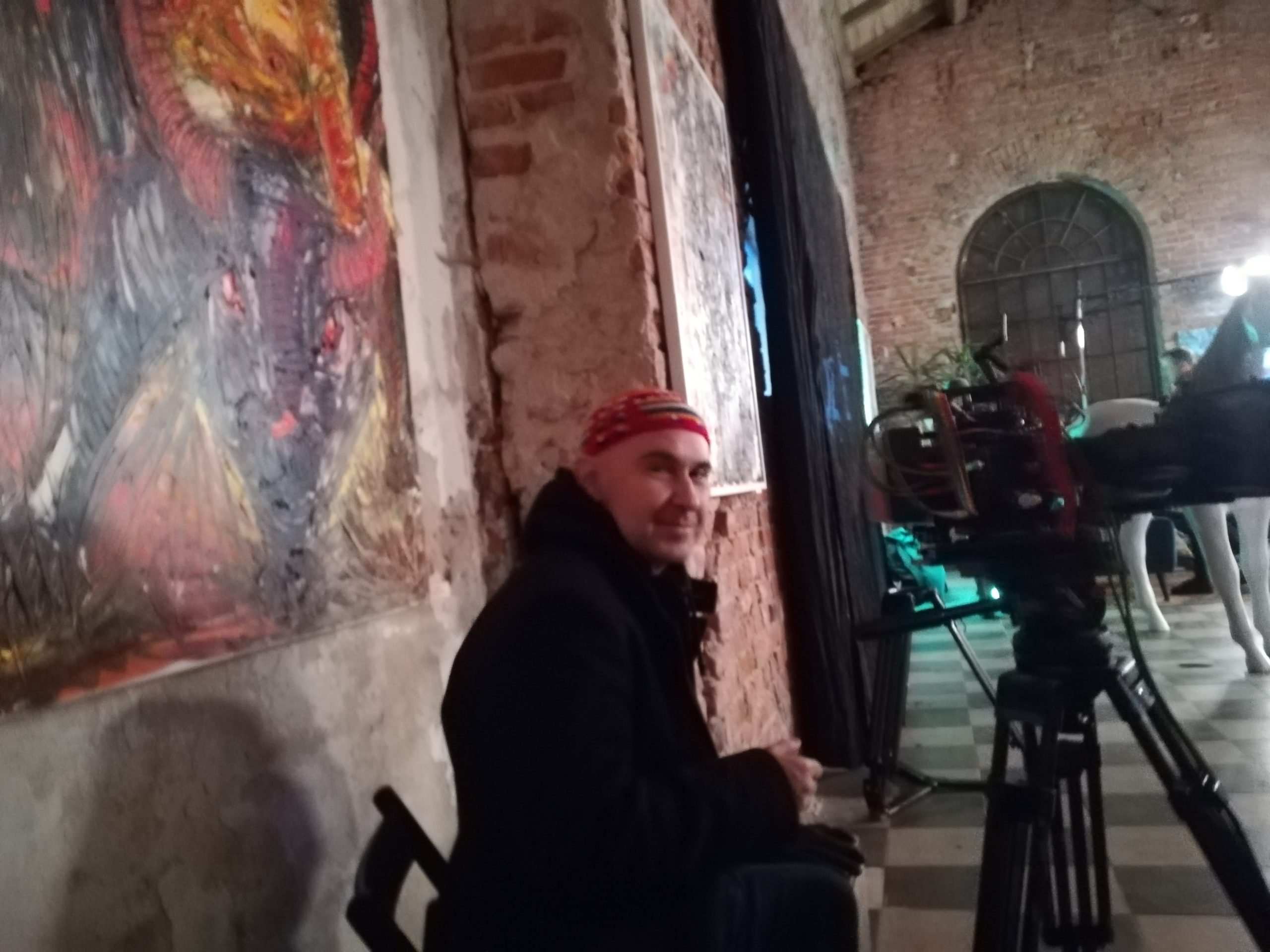
Margherita Blonska-Ciardi – il precursore del Orapismo -la corrente presentata alla settima Biennale di Arte Contemporanea di Firenze
Krzysztof Konopka è diventato artista tardi e quasi per caso. Un evento di forte disagio ,che ha sconvolto la sua vita, ha fatto cambiare le sue abitudini personali e ha permesso di vedere il mondo con gli occhi d’artista. Il suo incontro con l’arte è stato come un risveglio da un lungo letargo. In seguito alla sua trasformazione personale ha spiccato un volo in alto nella ricerca professionale , bruciando le tappe e collezionando presto nel suo curriculum importanti mostre internazionali. Esponeva senza sosta prima a Varsavia, poi a Londra, Amsterdam , Roma e Firenze. Il suo approccio con la pittura riprende le avanguardie del novecento come favismo ed espressionismo per trasformarle creando uno stile personale che l’artista ha chiamato orapizmo. Con spatolate spontanee che increspano e graffiano la superficie della tela, sovrappone il suo caos emotivo alle immagini rappresentate, trasmettendo la freschezza e naturalezza del suo gesto. In questo modo l’artista diventa un conduttore e catalizzatore – un mezzo per rivelare ed amplificare le nostre emozioni nascoste nell’inconscio. Tira fuori le sue e nostre sensazioni primordiali catturandole nel suo groviglio di colori e fatture da diverse trame. Il mondo reale è sempre punto di partenza per le sue opere, ma la visione viene trasformata attraverso l’azione di cromatiche sovrapposizioni. Spesso Konopka si ispira alla figura femminile ,nelle composizioni dove l’erotismo ha un ruolo importante, ma nello stesso momento sottolinea le forti sensazioni coloristiche ispirate dalla natura , presentando l’oggetto dipinto e il suo sfondo come un insieme di colore dove si perde il contorno. Per l’artista polacco la madre natura offre tanti stimoli creativi e spesso le dense trame del colore, messo con la spatola su tela alludono alle onde del mare, movimento del vento o delle nuvole. Grazie a questa tecnica lo spettatore riceve un messaggio della stretta appartenenza dell’uomo come specie all’ambiente. Uomo e natura sono tutt’uno. Attraverso la particolare tecnica dettata dall’azione artistica di tipo immediato – art action, la sua pittura ottiene effetto di bassorilievo di colore dall’aspetto orrifico tipico dell’ arte primitiva,. Come nel Favismo i colori sono puri , accessi e contrastanti , però la loro consistenza è diversa e nell’altra fase di lavoro viene aggiunto il movimento . I suoi quadri sono come la natura che emana l’energia e pulsa di vita. L’azione di dipingere è immediata e rappresenta un momento della selvaggia liberazione dell’artista. Questa sensazione viene letta nelle sue opere e ricevuta dallo spettatore . La citazione figurativa dei soggetti si perde sotto dense trame sovrapposte dai colori sgargianti e contrastanti. Diverse opere di Krzysztof Konopka assomigliano la produzione artistica di Kooning , perdendo però successivamente la nettezza della forma e sviluppando la propria percezione del mondo, che tende progressivamente verso l’informale. Effetto di un frottage fatto dai colori messi con impulso- action, che invece di schizzare la vernice come Pollock, si scaglia sulla tela con la spatola densa di colore e trasforma la propria energia emozionale in un opera pittorica. Il pittore diventa uno psicoanalista e attraverso la propria arte permette allo spettatore di scoprire e tirare fuori le proprie emozioni inconsce. L’empatia tra l’artista e il pubblico si stabilisce immediatamente attraverso la vibrazione cromatica delle tele, che spesso alludono alle onde elettromagnetiche, catturando la vista attraverso illusione ottica e stabilendo un rapporto di intimità con l’osservatore. La gamma delle tonalità scelte spesso vede impegnati colori passionali e di vita come il giallo , l’arancione e il rosso, contrastati dal verde e blue propri dell’espressionismo di Vincent van Gogh e favismo di Paul Gauguin . Alcune volte Krzysztof Konopka dipinge a strati in modo, che la parte sottostante emerge e si intreccia con quella sovrastante . Questo crea un dialogo cromatico fra le superfici e invita alla lettura piu profonda dell’opera, capace di tirar fuori le antiche emozioni e desideri , scrutando ogni angolo della nostra anima. Le tele di Konopka scaturiscono una grande energia e positività , illustrando la forza della natura e un inno alla vita comandata dalle forze istintive e primordiali. Come nell’ espressionismo astratto, per l’artista polacco dipingere diventa una azione psicologica, ma invece che a sfondo esistenziale si tratta di un impulso empatico primordiale di connessione con la natura..
/Arch. Margherita Blonska Ciardi/
